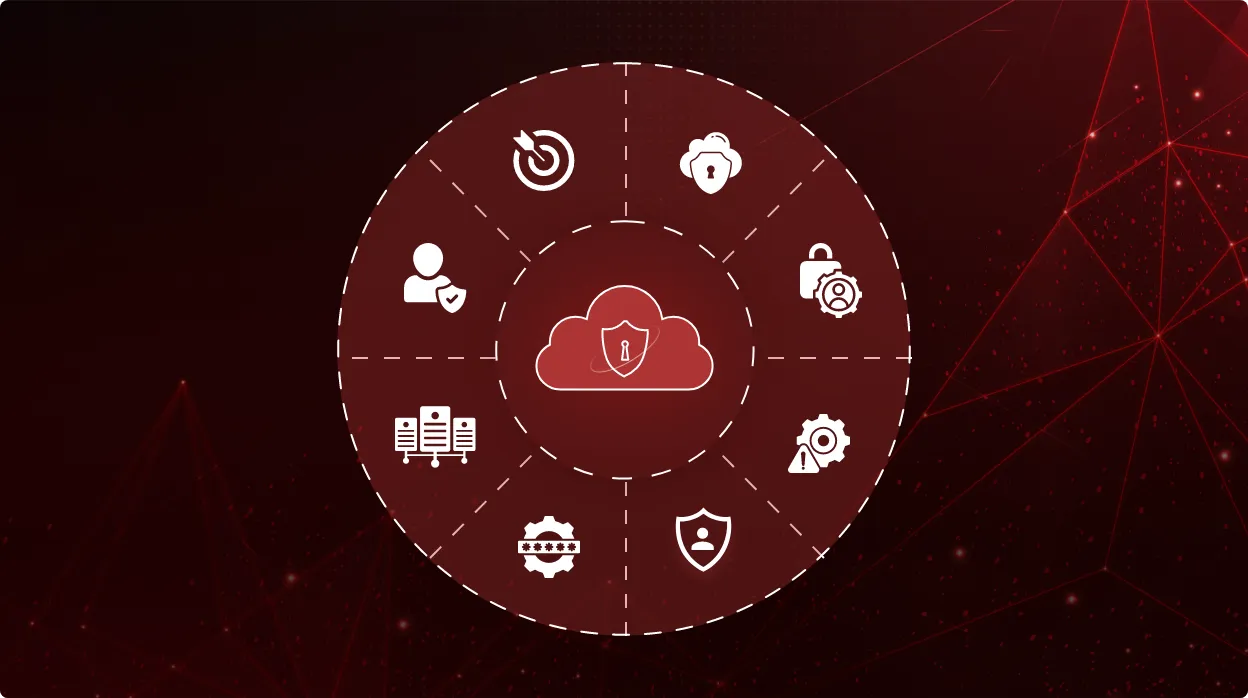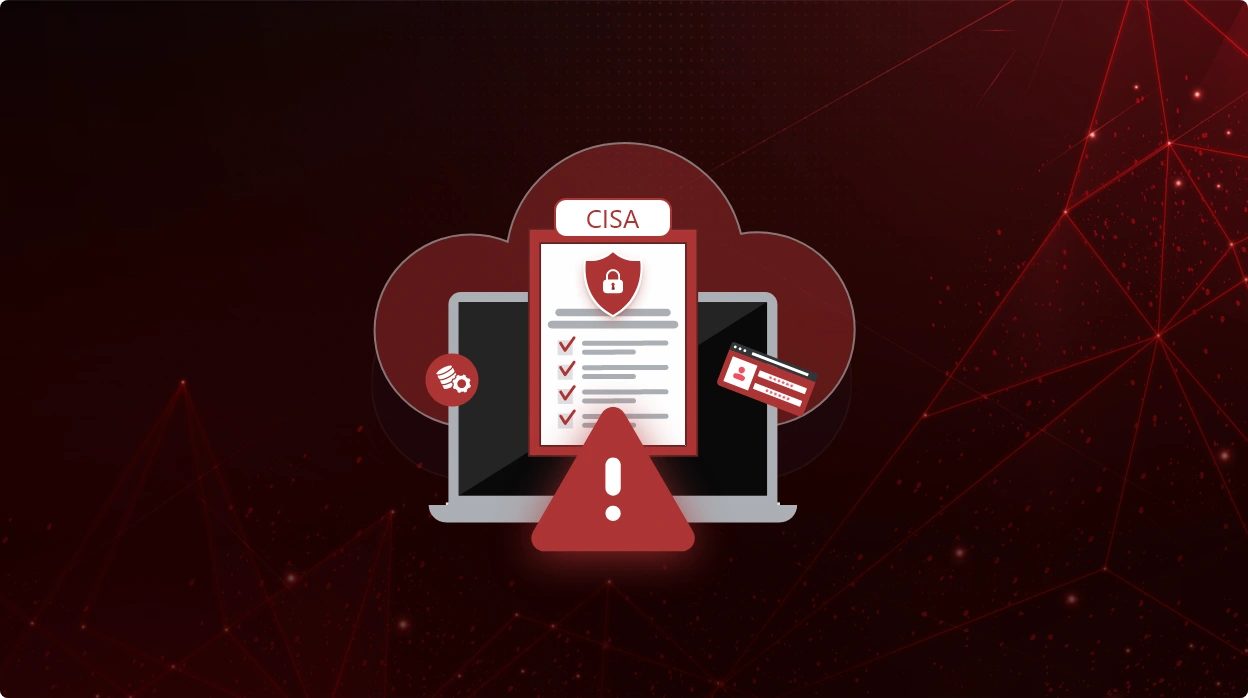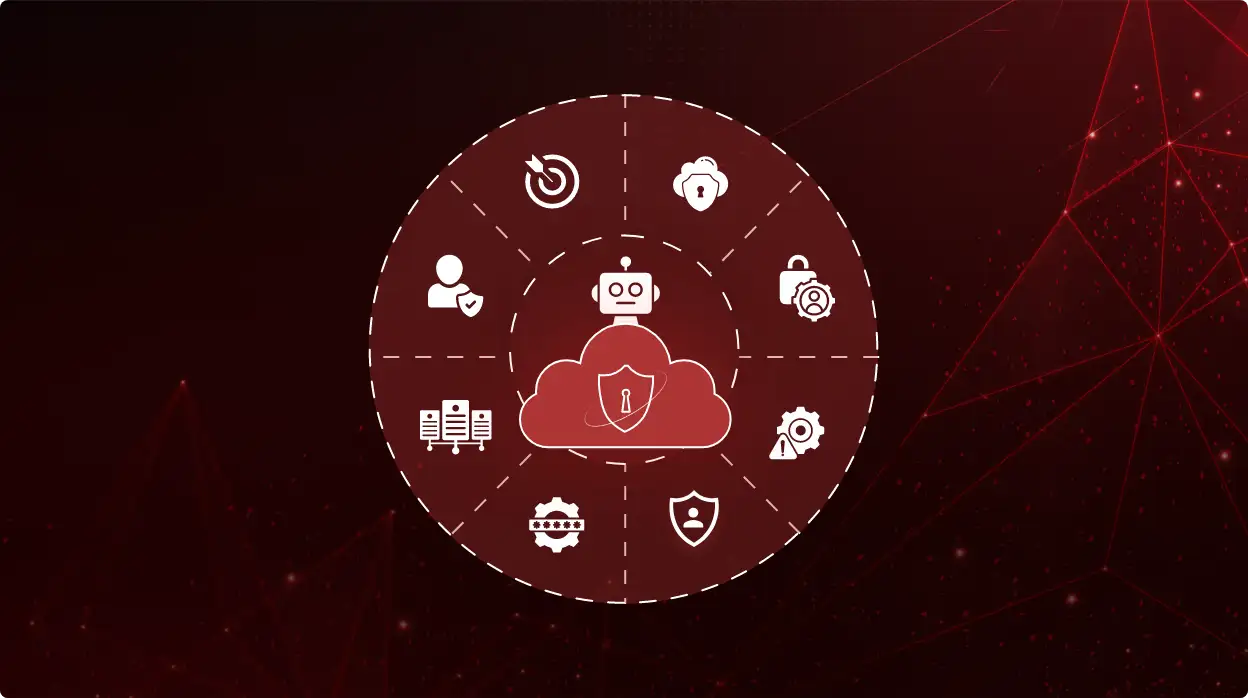
CheckRed Editorial
Exposure management in the cloud
Exposure management involves constantly scanning the horizon for potential threats and vulnerabilities. With the increasing reliance on cloud services for storing sensitive data, running critical applications, and conducting business operations, organizations face a variety of security risks. From misconfigured settings to unauthorized access, the possibilities of threats cannot be left unchecked.

What is exposure management?
Exposure management is the proactive practice of identifying, assessing, and mitigating security risks within a cloud environment. In cloud security, exposure management constantly monitors the digital business space to ensure the safety and integrity of organizational assets.
At the heart of exposure management lies the concept of the attack surface. It can be considered the sum total of all potential entry points or vulnerabilities within a cloud infrastructure that could be exploited by cyber threats. These entry points could include misconfigured settings, unpatched software, or unauthorized access points. By systematically analyzing the cloud environment, exposure management enables organizations to gain a comprehensive understanding of their digital assets and the potential risks they face.
The key components of exposure management include:
- Asset identification: This includes web applications, APIs, endpoints, IoT devices, and cloud-based resources.
- Attack surface mapping: This involves identifying publicly accessible services, open ports, and other potential security weaknesses.
- Risk assessment: Factors such as data sensitivity, likelihood of exploitation, and potential consequences are taken into account.
- Exposure prioritization: Prioritizes vulnerabilities and weaknesses, focusing on those with the highest potential impact on the organization’s security posture.
- Exposure mitigation: This may involve patching software, updating configurations, or implementing access controls.
- Continuous monitoring: This allows organizations to adapt and respond swiftly to emerging threats.
Risks associated with exposure in the cloud
Exposure to various risks poses significant challenges to organizations striving to maintain strong security measures. They include:
- Misconfigurations
- Overly permissive settings
- Unintended exposure paths
- Unauthorized access
The potential consequences of these risks can be severe and far-reaching:
- Data breaches
- Compliance violations
- Financial losses
- Reputational damage
Challenges in implementing exposure management
Implementing exposure management in cloud environments comes with its own set of challenges, which organizations must address to effectively manage their security risks.
- Complexity
- Scalability
- Resource constraints
- Lack of expertise
Mitigation strategies for exposure in the cloud
Mitigating exposure in cloud environments requires proactive measures and effective strategies to identify, assess, and address security risks. Here are some key strategies and best practices:
- Regular audits: Audits help validate the effectiveness of security measures, identify vulnerabilities and misconfigurations, and ensure compliance with security policies and regulations. By regularly reviewing cloud configurations and access controls, organizations can proactively identify and mitigate exposure risks.
- Automation: Automated solutions can continuously monitor cloud environments, detect security issues in real time, and prioritize alerts. By automating routine tasks such as asset discovery, vulnerability scanning, and policy enforcement, organizations can reduce manual errors, accelerate response times, and improve overall security posture.
- Establishing metrics: Establishing metrics and key performance indicators (KPIs) for exposure management is essential for measuring progress and evaluating the effectiveness of security measures. Metrics such as exposure levels, vulnerability trends, and mean time to remediation can provide valuable insights into the organization’s security posture and help identify areas for improvement. By regularly tracking and analyzing these metrics, organizations can identify emerging threats, prioritize remediation efforts, and continuously improve their cybersecurity posture.
- Continuous improvement: Finally, continuous improvement is key to reducing exposure and mitigating risks effectively in cloud environments. Organizations should regularly review and update their exposure management practices, incorporate lessons learned from security incidents, and stay informed about emerging threats and vulnerabilities. By adopting a proactive and adaptive approach to security, organizations can better protect their cloud assets and minimize the impact of potential exposure incidents.
Implementing a comprehensive cloud strategy with CheckRed
Implementing a complete cloud security strategy is vital to ensure effective exposure management in the cloud. CheckRed offers a comprehensive complete cloud security solution or Cloud Native Application Protection Platform (CNAPP) – which encompasses Cloud Security Posture Management (CSPM), Cloud Infrastructure Entitlement Management (CIEM), Cloud Workload Protection Platform (CWPP) – and SaaS Security Posture Management (SSPM). This integrated approach provides organizations with a unified platform to address their exposure management needs comprehensively.
What CheckRed’s complete cloud security offers:
- Holistic protection: A comprehensive cloud security strategy provides holistic protection across all aspects of cloud environments, including applications, infrastructure, workloads, and software-as-a-service (SaaS) applications. By addressing various security layers, organizations can minimize blind spots and ensure comprehensive coverage against exposure risks.
- Unified management: Integrating multiple security solutions into a single platform allows for centralized management and visibility. Organizations can streamline security operations, automate processes, and gain real-time insights into their cloud security posture. This unified approach enables efficient exposure management and simplifies the overall security management process.
- Risk mitigation: Comprehensive cloud security solutions offer advanced capabilities for risk identification, assessment, and mitigation. By leveraging technologies such as machine learning, AI-driven analytics, and threat intelligence, organizations can proactively detect and respond to exposure risks before they escalate into security incidents. This proactive approach helps organizations stay ahead of emerging threats and minimize potential damage.
- Complete visibility: CheckRed’s solution offers unified visibility across all aspects of cloud environments, enabling organizations to gain insights into their attack surface and identify potential exposure points effectively.
- Automated compliance: With automated compliance assessments and enforcement capabilities, organizations can ensure adherence to industry regulations and security standards, minimizing compliance risks and enhancing overall security posture.
- Efficient remediation: CheckRed’s solution streamlines remediation efforts by automating workflows and response mechanisms, enabling organizations to mitigate exposure risks promptly and reduce response times.
By centralizing security operations and management tasks, CheckRed’s solution simplifies the overall security management process, allowing organizations to reduce exposure risks.
See CheckRed in Action
Dive into the future with our interactive demo
and explore the possibilities.
Related Posts




